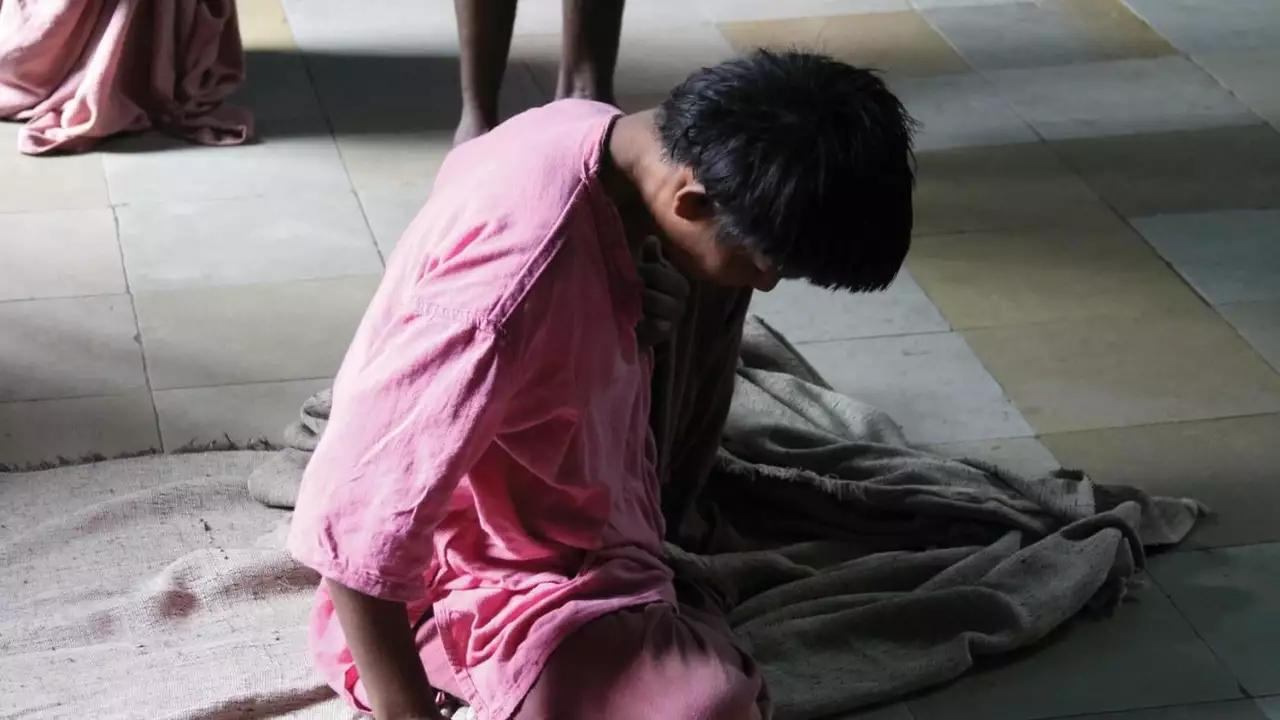Custodial Homes: What They Are and How to Choose the Right One
When a child can't stay with their family, a custodial home steps in. Think of it as a safe house where kids get food, school support, and a caring adult to look after them. These homes are run by the government, NGOs, or private groups, and they follow strict rules to protect the children.
Most people mix up custodial homes with orphanages, but there’s a key difference. Orphanages often house children with no family ties, while custodial homes usually care for kids who have families but need temporary shelter. This makes the goal of a custodial home to reunite children with their families as soon as possible, or find a long‑term solution if reunification isn’t an option.
Why Custodial Homes Matter
First, they give kids stability. Imagine moving from one chaotic environment to another; a custodial home offers a routine – set meals, school, and bedtime. That routine helps children focus on healing and learning.
Second, they provide professional support. Staff members often have training in child psychology, education, and health. They can spot signs of trauma early and connect kids to counselors or doctors.
Third, they protect children’s rights. Laws in India require every custodial home to meet standards for space, nutrition, and safety. Regular inspections keep homes accountable and ensure kids aren’t stuck in bad conditions.
Tips for Picking a Good Custodial Home
1. Check the license. Make sure the home is registered with the state social welfare department. A valid license means the place meets minimum standards.
2. Visit the facility. Walk through the rooms, look at the sleeping area, kitchen, and play space. Clean, well‑maintained areas are a good sign.
3. Talk to the staff. Ask about their training, how they handle discipline, and what activities they offer. Friendly, open staff usually create a healthier environment.
4. Ask about education support. A good custodial home works with local schools or runs its own tutoring program. Check if they track school attendance and grades.
5. Look for health services. Regular health check‑ups, vaccinations, and mental health support are essential. Find out who the assigned doctor or counselor is.
6. Read reviews or talk to other parents. Word of mouth can reveal hidden issues. Online forums, community groups, or NGOs often share experiences.
7. Understand the exit plan. A credible home has a clear roadmap for reunification, adoption, or independent living. Ask how they decide the next steps for each child.
Choosing a custodial home isn’t just about a roof over a child’s head – it’s about finding a place that nurtures growth, safety, and hope. By doing a little homework, you can make sure the child gets the care they deserve and a better chance at a stable future.
Don't shift mentally ill to custodial homes - India News?
As a blogger, I feel compelled to address the pressing issue of shifting mentally ill individuals to custodial homes in India. It is disheartening to see that instead of providing proper medical treatment and care, our society often resorts to isolating these vulnerable individuals. This not only exacerbates their condition but also violates their basic human rights. It is high time we, as a society, demand better mental health care facilities and resources for our fellow citizens. Let's work together to change this narrative and ensure a better life for those battling mental illnesses.
